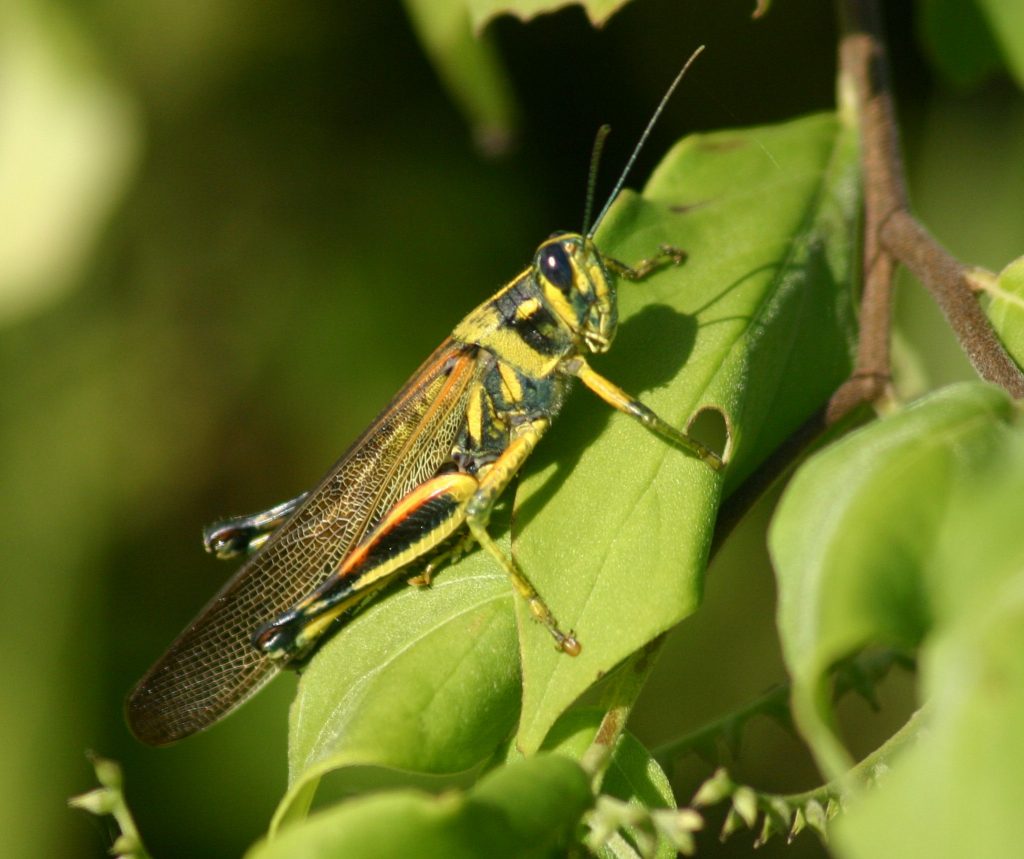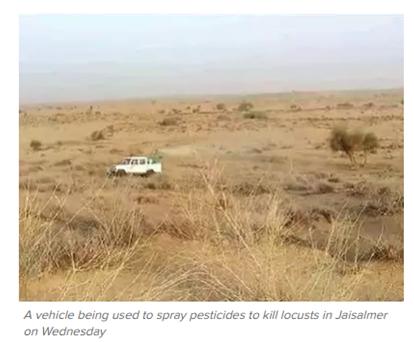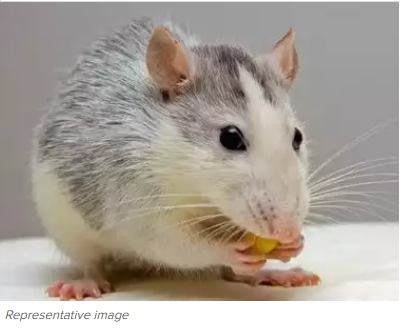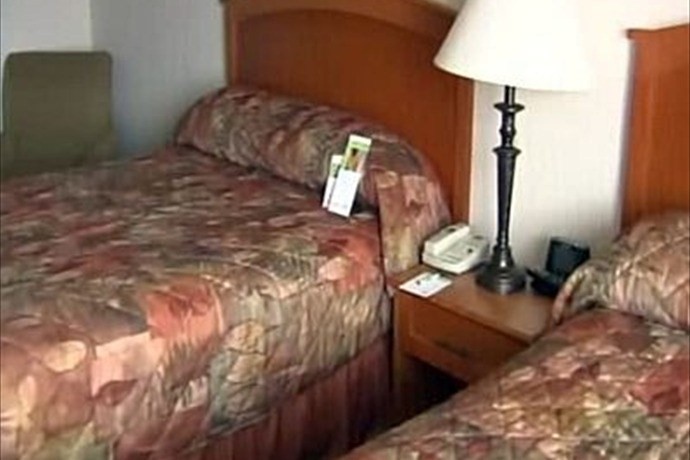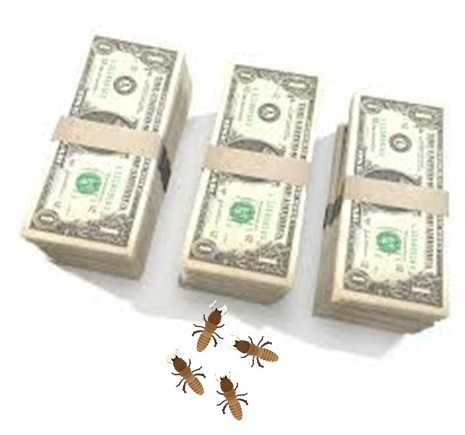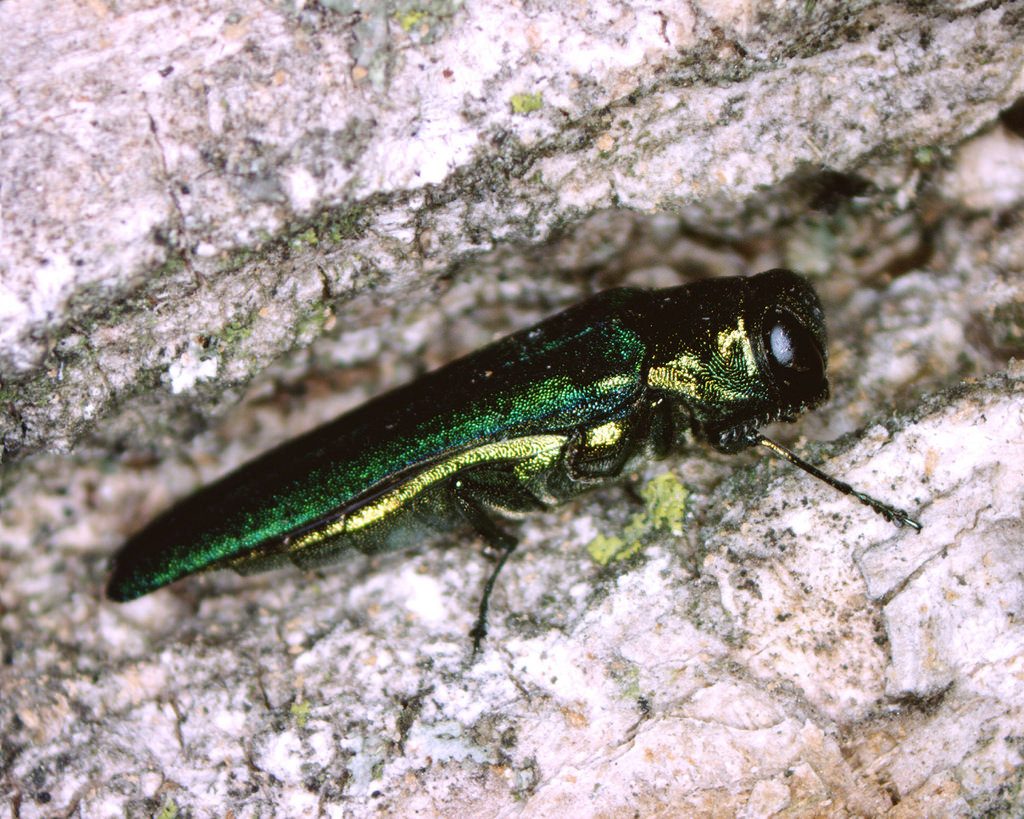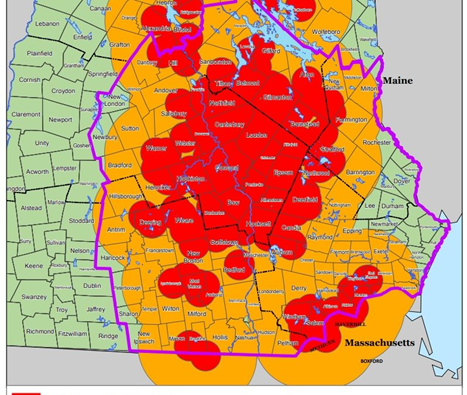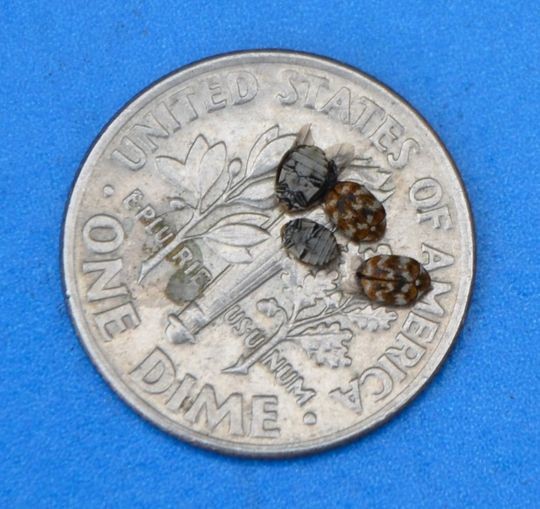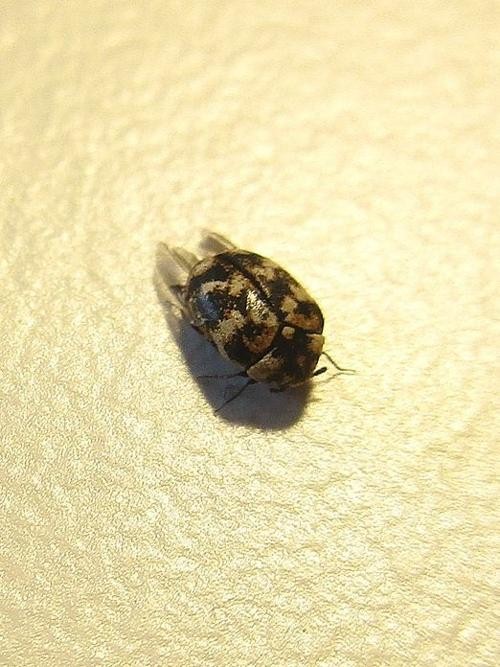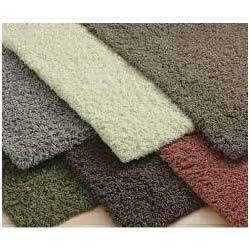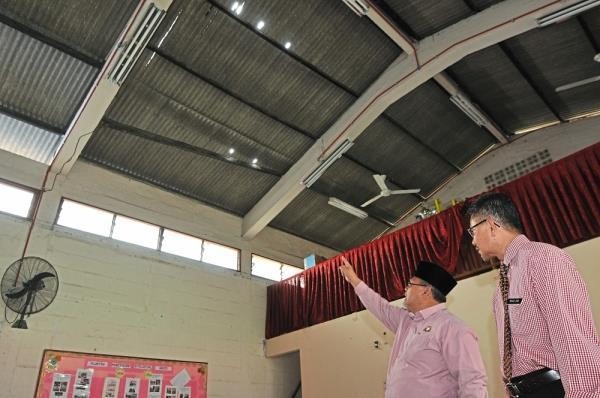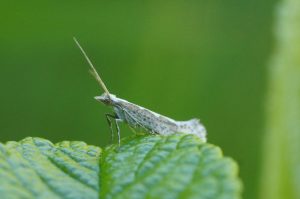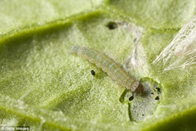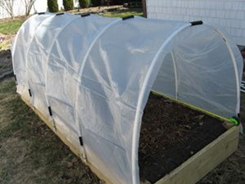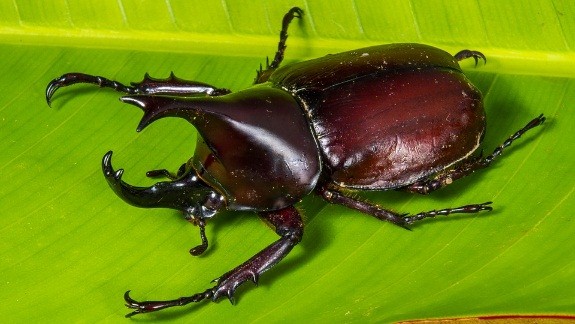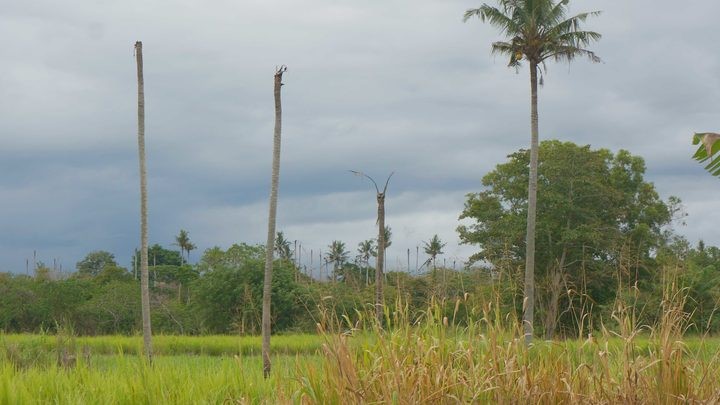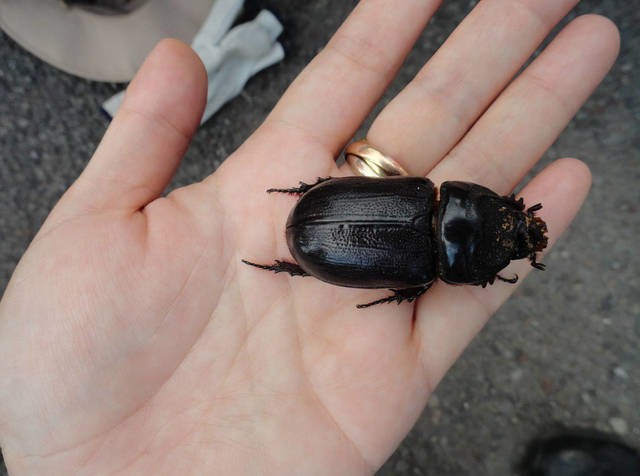 Aphids are also known as the enemy of growers!
Aphids are also known as the enemy of growers!
The planted crops are easily attacked by aphids causing a huge loss to the crop growers.
The evidence for the same is reported as below:
Aphid attack leaves wheat growers worried
Mar 24, 2020
Sameer Singh
Tribune News Service
Bathinda, March 23
Farmers in the region are worried as few weeks prior to the harvesting season, aphid (kala tela) has attacked the standing wheat crop.
Farmers from villages in Mansa rued that the crop was first damaged by heavy unseasonal rains and hailstorm and now the aphid attack has come to haunt them. Though the aphid attack has affected crop in several villages in the region, farmers of Khokhar Kalan, Bhai Desa, Burj Rathi, Burj Dhilwan, Burj Hari, Ubha, Khiali Kalan, Bhaini Bhagha, Kot Lallu, Nangal Kalan and Nangal Khurd villages are hit the most. They are now resorting to sprinkling of pesticides to minimise damage.
Aphid invasion causing a buggy situation in Calgary
By Tom Ross
Posted Sep 4, 2019
CALGARY (660 NEWS) — If you have ventured outside on a mild Calgary evening over the past few weeks, you may have found yourself swatting at the air a little more than normal.
There’s an influx of aphids this year, with countless little insects buzzing around causing a nuisance.
It’s not too dramatically different from some other years, but conditions were perfect for a high population this summer and fall.
“We had a fair amount of moisture in this part of the province, more so than maybe previous years, and that affords a lot of plant growth,” said Dr. Ken Fry, an instructor in the School of Animal Science and Horticulture at Olds College. “Since the aphids feed on plants, they’ve had lots of food, so their numbers build up over the summer. And hence, you get large numbers in the fall going to head out to over-winter.”
Aphids don’t really live that long, but this is their most active time of year.
The bugs are deep in the throes of mating season, and afterwards, need to find a nice safe place to store their eggs over the winter.
While it is an annoyance for now, fortunately, Fry is confident it will not last much longer.
They have proven to be the enemies of the growers, haven’t they?!
So, what is an aphid??
Let’s know!
Aphids have soft pear-shaped bodies with long legs and antennae and may be green, yellow, brown, red, or black depending on the species and the plants they feed on. A few species appear waxy or woolly due to the secretion of a waxy white or gray substance over their body surface.
Generally, adult aphids are wingless, but most species also occur in winged forms, especially when populations are high or during spring and fall. The ability to produce winged individuals provides the pest with a way to disperse to other plants when the quality of the food source deteriorates.
There are numerous species of aphids found throughout the world. These garden pests are usually most active in the springtime and decrease with a rise in outside temperatures.
They live on plants, especially on the new plant growth and buds, and the eggs can survive the winter. Although aphids live in colonies, they will move to other plants when their host plant is dying or overpopulated.
Aphids are among the most feared pests among growers in temperate regions.
What kind of damage can they do?
Aphids passively feed on the sap of phloem vessels in plants and extract the plant’s fluids and nutrients which turn the leaves yellow and stunt shoots. Some species inject the toxin into plants, which causes leaves to curl and further distorts growth. The newly developed plant becomes unhealthy and hence may die but the larger plants may survive with some damage.
Aphids produce a sweet and sticky excretion known as honeydew which turns black when affected by sooty mold fungus. The black spots affect the photosynthesis cycle and the plant eventually die. The aphid’s honeydew not only attracts the sooty mold fungus but also ants because the honeydew contains necessary ingredients like amino acids, protein, and sugar the fungus and ant requires.
All these were the direct and indirect damages to the plant/crops but the most harmful consequence of aphids is the Transmission of Diseases. Aphids can transmit dozens of viruses from a diseased plant to healthy in few seconds, especially through the winged generation. The biggest problem with viruses is that there is no remedy for them so that the infection of a plant that is not tolerant or resistant to the virus leads inevitably to a decline in the final production.
There are many conventional methods to prevent the plants and crops from aphids but all are ineffective. Pesticides are used which have failed to keep these pests away from the crops.
Knowing all the damages caused by aphids and the ineffectiveness of the conventional methods use, let’s now know how to combat these pests.
C Tech Corporation can offer you the effective solution to overcome the damages caused by aphids, TermirepelTM is an ideal solution for prevention from inflicts of Aphids.
TermirepelTM works on the mechanism of repellency. The product triggers a fear response within the pest whenever it comes across an application treated with our products, thereby exploiting the fight or flight response or sending chemical signals to insects that there is danger using semiochemicals.
The product is non-toxic, non-hazardous, and an insect aversive repellent. It is RoHS, RoHS2, RoHS3, REACH, APVMA, NEA, EU BPR compliant and FIFRA exempted.
TermirepelTM is developed on the basis of green chemistry and technology.
TermirepelTM masterbatch can be incorporated in plastic tree guards, fencing of trees, mulches, films, guard bags, floating row covers, polymeric equipment, etc.
The installed tree trenches, fences, guards, etc. can be coated with our topical solutions namely TermirepelTM liquid concentrate and TermirepelTM lacquer.
The spray product can be sprayed in areas of warehouses, equipment rooms, etc. to protect the yield from aphid attack.
Contact us at technical.marketing@ctechcorporation.com to keep the pests away.
Also, visit our websites:
http://www.ctechcorporation.com/
http://www.rodrepel.com/
http://www.termirepel.com/
http://www.combirepel.com/
Follow our Facebook pages at:
1] https://www.facebook.com/Combirepel-411710912249274/
2] https://www.facebook.com/Termirepel-104225413091251/
3] https://www.facebook.com/Rodrepel-120734974768048/
Follow us on our Twitter pages at:
1] https://twitter.com/rodrepel
2] https://twitter.com/termirepel
3] https://twitter.com/combirepel





